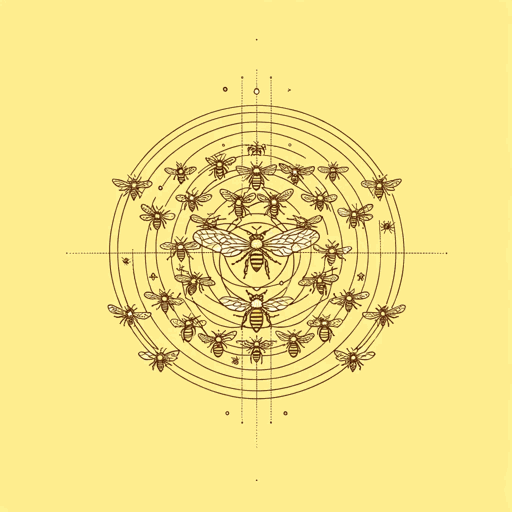71 pages • 2 hours read
Sofía Segovia, Transl. Simon BruniThe Murmur of Bees
Fiction | Novel | Adult | Published in 2015A modern alternative to SparkNotes and CliffsNotes, SuperSummary offers high-quality Study Guides with detailed chapter summaries and analysis of major themes, characters, and more.
Symbols & Motifs
The Fertile Bees
Throughout the narrative, bees represent the explosive vitality of life, fertility, growth, and goodness. This symbolic expression of life is yoked to Simonopio from the moment Nana Reja finds the infant covered in a blanket of bees. The perpetual presence of the bees, cultivated by Simonopio, implies fertility especially with the Morales family and within their sphere of influence: The two daughters quickly become pregnant after their marriages—as does the matriarch Beatriz, surprising everyone. By extension, all the plans and actions of Francisco bear fruit. The orange blossoms that Simonopio brings him take root within his imagination, and soon the harvest is a vast crop signaling ongoing prosperity.
In contrast, just as Anselmo rejects Simonopio—and by extension his cadre of bees—fertility rejects Anselmo. Segovia describes Anselmo as a farmer who can’t successfully grow any crop. Because of his actions, he loses most of his children and the woman who bore them. The fertile woman he seeks to take her place, Lupita, rejects him. When he kills her in reprisal, he symbolically destroys her fertility. Vitality and fertility are continually at odds with Anselmo until his story concludes when the bees, symbolic of fecund life, destroy Anselmo, who is emblematic of infertility.
Featured Collections
Books on Justice & Injustice
View Collection
Class
View Collection
Class
View Collection
Family
View Collection
Fate
View Collection
Fear
View Collection
Good & Evil
View Collection
Hate & Anger
View Collection
Hispanic & Latinx American Literature
View Collection
Magical Realism
View Collection
Mortality & Death
View Collection
The Future
View Collection
The Past
View Collection

